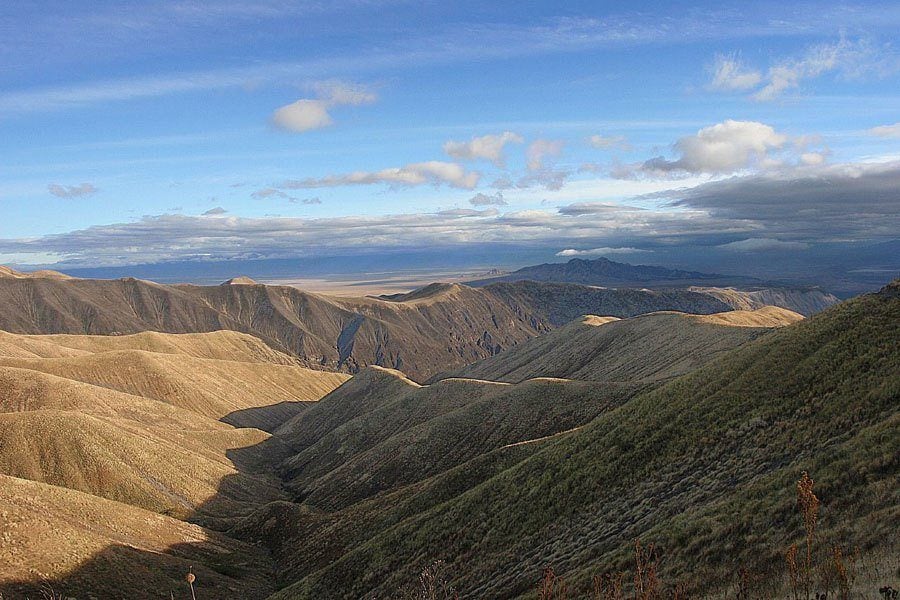
Sources of atmospheric ammonia include animal waste, fertilizers, combustion (biomass burning, waste burning, transport), industry (production of chemicals, manufacturing processes), soils, plants and oceans 3, 6, 7.Ībout a decade ago, it was discovered that infrared satellites can detect and measure atmospheric NH 3, which resulted in the first measurement-based global maps of its distribution 8. Largely due to the widespread availability of industrially fixed nitrogen 2, atmospheric emissions of NH 3 are increasing steadily 3, 4, with devastating effects on air quality, ecosystems and climate 5. As a by-product, we also show that hyperspectral infrared sounders such as IASI are capable of mapping different types of evaporative minerals such as trona and thermonatrite.Īmmonia (NH 3) plays a critical role in the global biogeochemical cycle of nitrogen 1 as one of the key components of reactive nitrogen. We formulate six processes that may explain why the largest losses are observed specifically over concentrated brines and/or exposed sediments. High temperatures and alkalinity are known to promote NH 3 losses from soda lakes.

The likely source of NH 3 at Lake Natron is decomposition of organic material, either from rivers and springs or produced in the lake (plankton, bird excreta). The timing is different from the agricultural dominated NH 3 emissions in the wider Natron area, which peak early in the year, after the first wet season.

The largest NH 3 column loadings generally occur at the end of the dry season in September–November over Lake Natron’s largest mudflat, that is exposed with receding water levels. Temporal analysis reveals that the emissions are episodic and linked with the lake’s surface area. Here we explore 10 years of IASI NH 3 satellite data and other publicly available datasets over the area to characterize the natural NH 3 emissions in this unique ecosystem. Its remote location and the absence of nearby large anthropogenic sources suggest that the observed NH 3 is mainly of natural origin. The lake is in the centre of an endorheic (limited drainage) basin and has shallow, saline-alkaline waters. The natron in the jar is the batch I made using a microwave.In a recent global analysis of satellite-derived atmospheric NH 3 data, a hotspot was observed in the vicinity of Lake Natron, Tanzania. When you take it out you’ll have a perfectly dried batch of natron.īecause the bowl will be hot, let it cool for 5 minutes, then break apart the natron chunks with a butter knife and then grind it with the blunt end the knife or with a spoon.If the natron still has some water, microwave for 30 seconds more.Microwave the mixture on high for 1 minute.Place a microwave safe lid over the mixture in case it splatters.(1 part salt, 1 part baking soda, just enough water to dissolve in a bowl).Probably my impatience was what got to me and that’s the reason I created this impromptu and lazy way of creating natron within 2 minutes. So by the fourth day I’d take it to the kitchen and sure enough there was still enough moisture that the water redissolved the crystals and ruined the batch.

Just so you can see what I did wrong, this was my process:

My first attempts at making natron were an utter failure three times.


 0 kommentar(er)
0 kommentar(er)
